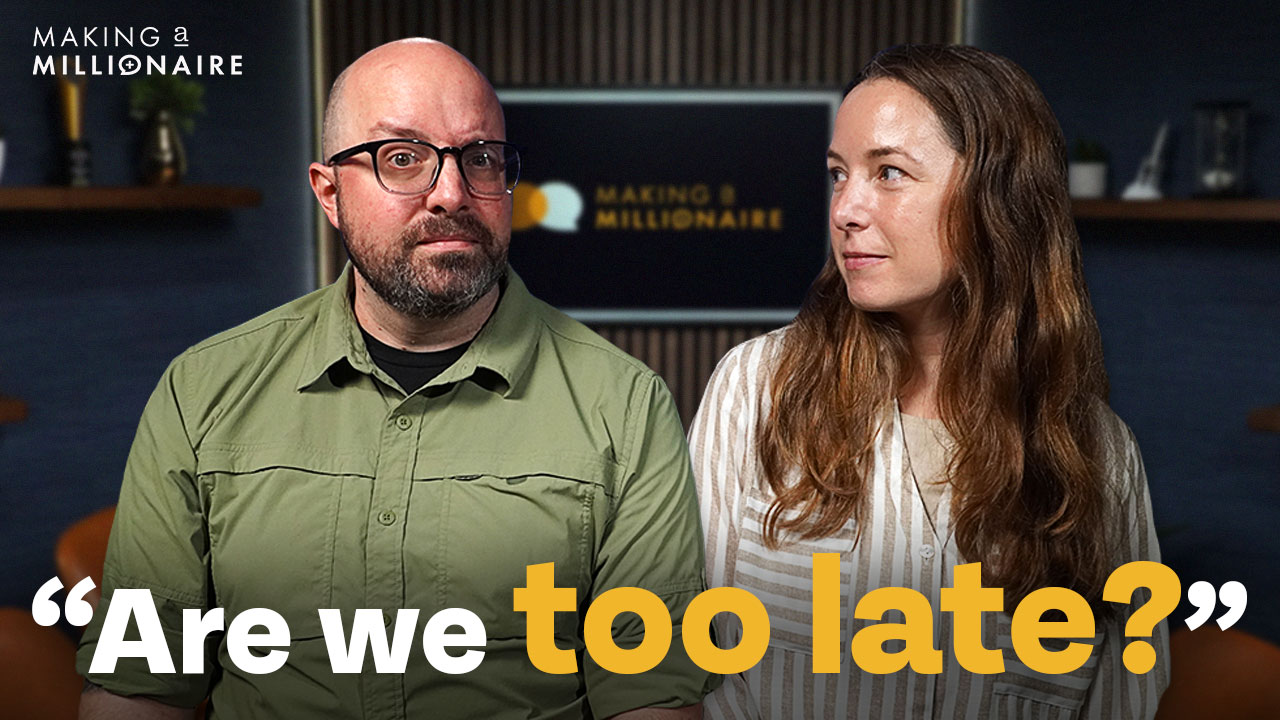Alright, next up, we’ve got a question from Andrew. This is interesting; he says, “For the Financial Order of Operations, do I need to maximize my wife’s Roth IRA before maximizing my 401k?” I think this is—we get a lot of questions like this when people are like, “Is this for my household or I’m doing this with my spouse?” So, could you just clarify for everyone who may have that question? Can you—I mean, we’ve had this, and Bo, I’ll let you talk about it.
Honey, wow, this really got you. I don’t know why. We get to you, sweet. I got it. You get to—you, bless your heart. I’m moving over to maxing out my retirement. Because, you know, I was talking to this Money Guy show. That’s a savage way of thinking about it. No, look, most of the things are because two become one. If you think about marriage, it’s one of those things where lots of things we talk about on the show, you can have separate accounts. I’m not against separate accounts, but I got to tell you, a lot of the things that we’re going to have you doing on a planning purpose is going to be household. Because you have to be thinking about this from a household perspective. How cruel is it going to be if you’re like, “I guess I’m retired. You know, sorry, it’d have been so cool if you had funded your Roth back in, you know, 2018. We’d be able to do this together, but, you know, I’m good. I get the gold star. Sucks to be you.” That just would not be a good situation.
So yes, by all means, Andrew, I want you to—and this is something we talked to couples about—is that if you, because think about it, like if you have a spouse that stays and raises the family, the government has rules that let you even if they don’t have earned income to use your earned income to fund a Roth IRA and other things. Take advantage of that stuff, you know, because tax-free growth is a powerful thing for both of you. So, I don’t want you, yes, to move on to step six. I want you looking at the Roth options, not only for yourself but also for your spouse, and making sure you guys have good communication as a household to maximize all those opportunities.
Yeah, and the entire Financial Order of Operations was built with an idea of efficiency. So, like when you get to step five and you’re thinking about Roth and HSA or tax-free, you want to think about for your household all the tax-free opportunities available. So even though you may be doing your $6,500, it’s pretty exciting. There’s a whole other $6,500 you can unlock by using your spouse’s available slot to do that. So, it’s about working through that. Same thing holds true. You didn’t ask this question, but I think it’s worth mentioning on high-interest debt. It’s not spouse one’s high-interest debt, spouse two’s high-interest debt. As a household, you guys ought to be committed to getting out of that high-interest debt, to knocking out step three before you move to step four and then maxing out step five, whether it be HSAs, Roth IRAs, spousal Roth IRAs, before you move to step six, so on and so forth.
Because what you’re going to do is you’re going to recognize as a household, you have built and accumulated your assets as efficiently as possible. If you don’t do it that way, you’re going to have an inefficient accumulation of wealth. Not a bad thing, just not optimal. And I’ll go ahead and help you out for step six of the Financial Order of Operations, Andrew, is that when we talk about reaching 25% of your gross income, it’s for the household. So, I want you to add your incomes up and then figure out what you all are saving as a household. It does no good if one of you is making $50,000 and the other’s making $100,000, and the person who’s making $50 is saving 30% of their income, but the person that’s making $100 is only saving 3% of their income. Just because you’re saving 30% doesn’t mean the household has reached the 25%. And we see that question come through, so I’ll go ahead and save you. We go from step five to step six. I want the household gross income to be 25%. Love it.














